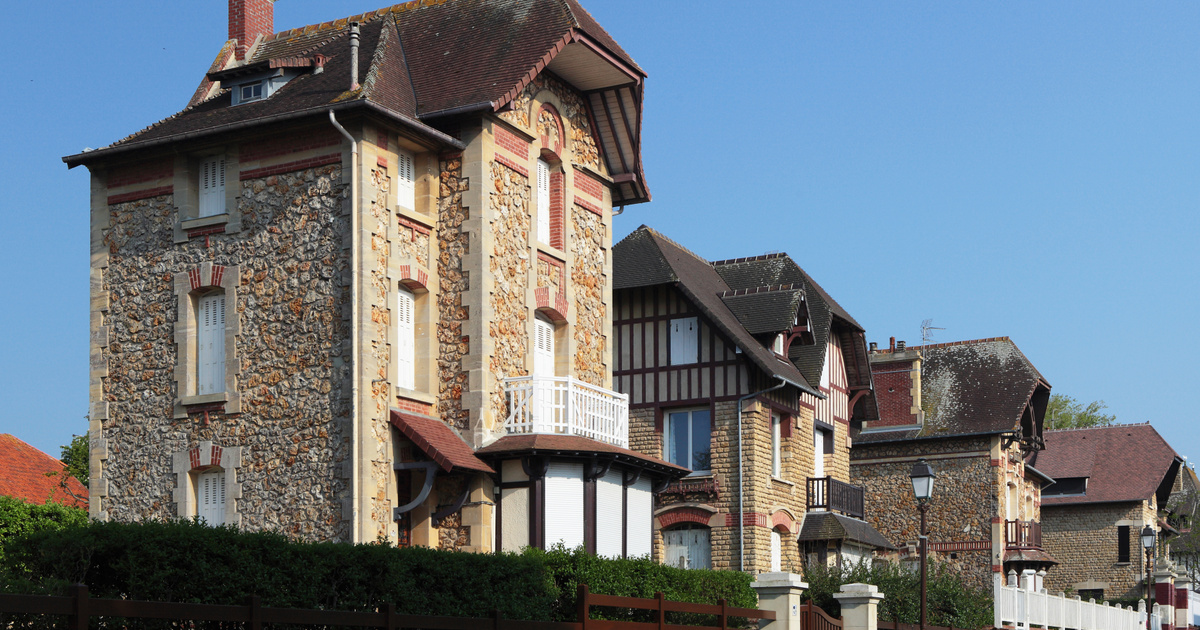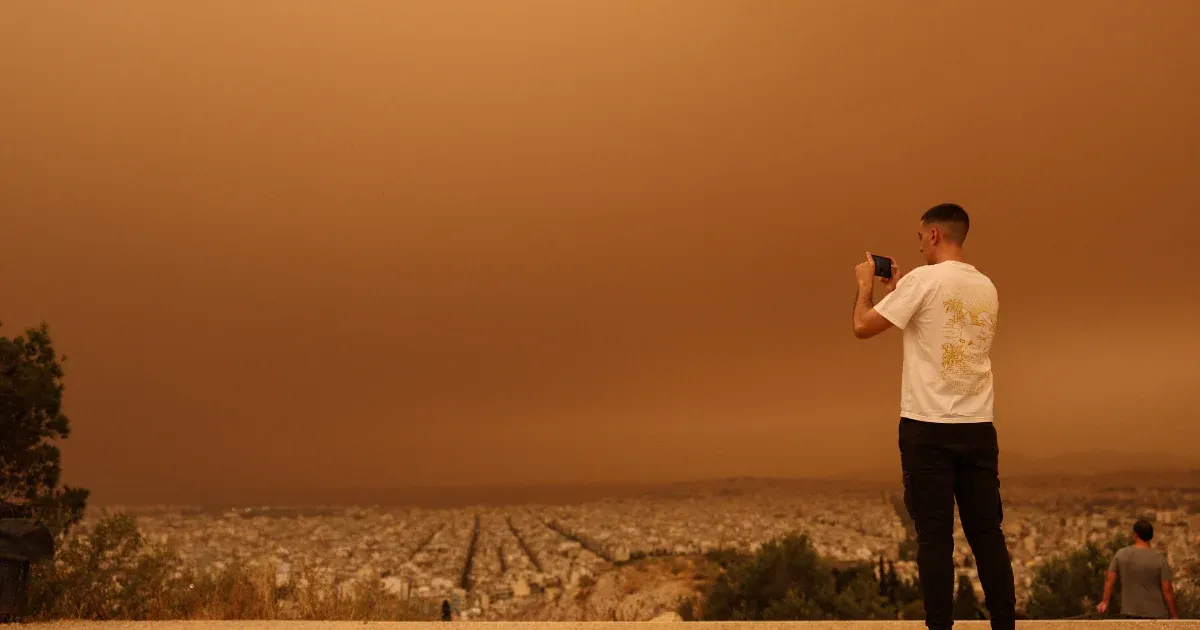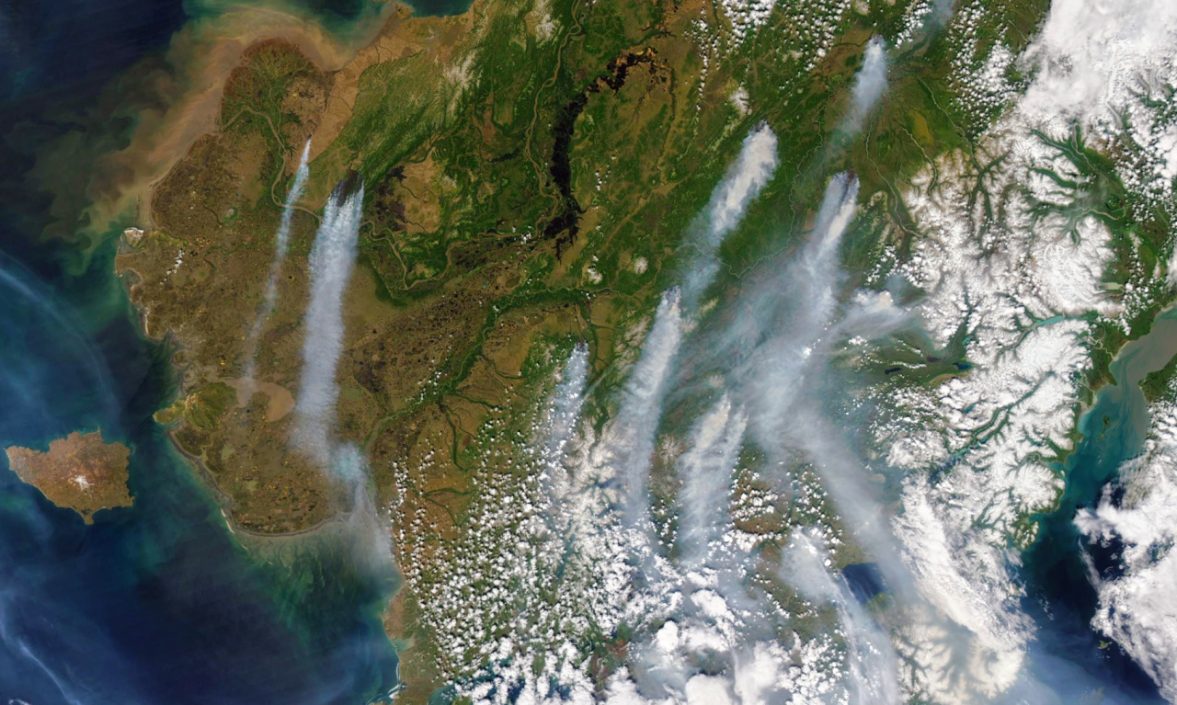On June 4-5, 2022, thunderstorms erupted in the southern and central regions of Alaska, causing more than 5,000 lightning strikes that ignited vegetation in dozens of locations. She stated that the wildfire season in Alaska is more active than usual this year Earth Observatory.
There were 85 active fireworks on June 14, more than half of them in the southwestern part of the state, as seen by the Aqua satellite. However, the fire at the mouth of the Yukon River, near the village of St. Mary’s, became the largest tundra fire ever in the state, covering an area of 607 square kilometers (compared to 525 square kilometers in Budapest). Another focal point, just to the north, flares up in a tenth area. Because of the north wind, the fire approached the village by about 10 kilometers. Although no decision has been made on forced evictions, residents of St. Mary’s and some smaller nearby neighborhoods have also advised residents to leave their homes.
Saint Mary and her surroundings under the rising smoke.
Source: Earth Observatory
On June 13, the wind turned and firefighters were able to reach the fire from the west, and aerial firefighting could take place. An interesting method was also used to reduce the large fire: small “firebombs” the size of a ping-pong ball were taken from the drone to places where vegetation could be safely ignited in a smaller corridor. Due to the burning of chemical balls for 20-30 seconds, dry vegetation burns in small areas in a short time, and therefore a big fire, if it reaches here, cannot spread here in the absence of combustible substance.
On June 11 east of this location, near Denali National Park, 234 square miles of space was blazing, above which a 10-kilometer-high Pyrocumulus cloud formed.
By mid-June this year, the state had 3,116 square miles of fire prey, and the average lifespan of 30 years for the entire fire season was just under 2,428 square miles. The average area burned in the past 30 years by mid-June was just 202 square miles, said Rick Thoman, a climate researcher at the University of Alaska.











































